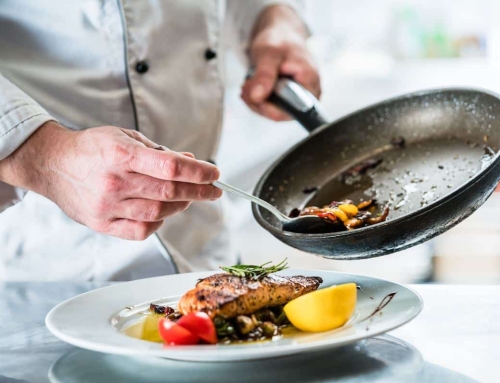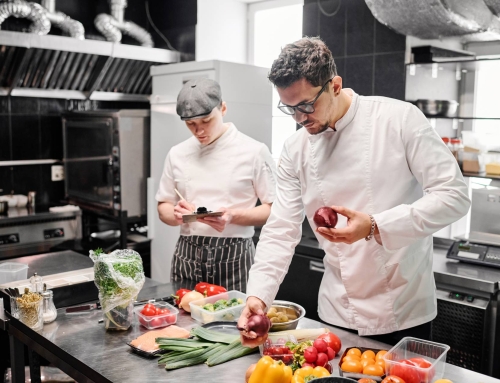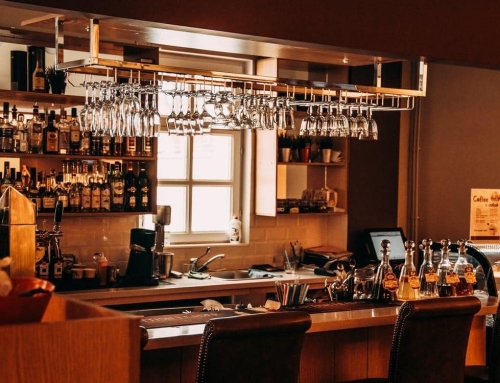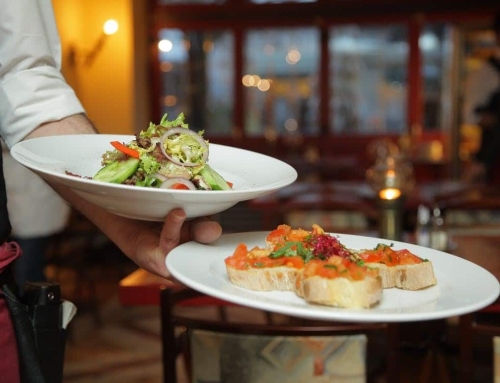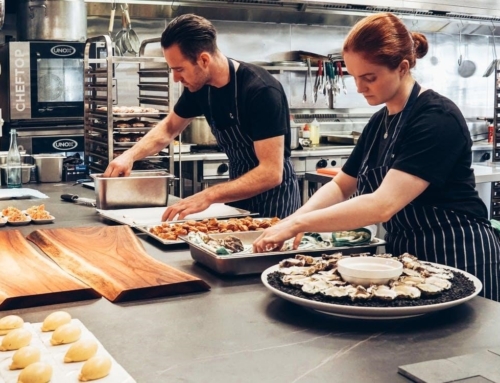The restaurant business is one of the most fast paced and cutthroat businesses in the world. Kitchen staff move to other restaurants often, workers are under immense pressure for speed and quality all while handling numerous orders at the same time. According to statistics, more than half of the restaurants end up closing within the first year and over 80% close their shutters before the fifth anniversary.
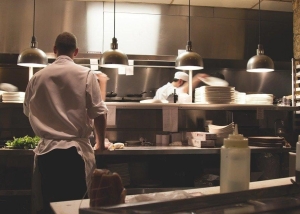
Failing to follow good food handling practices, and food safety regulations is often seen as one of the main reasons restaurants fail. Many restaurants neglect the importance of providing essential food safety training for their staff, which increases the risk of costly mistakes.
Here are some of the most common mistakes food handlers make when they aren’t certified:
Improper Hand Washing
Handwashing is often the most overlooked practices among employees working in the food industry. Due to the fast-paced environment in the restaurant, employees end up rushing through the process or even forget to wash their hands sometimes. This results in cross-contamination as the germs transfer from place to place through touch.
Proper handwashing is one of the key components of food and safety training and employees learn the importance of washing their hands for at least 20 seconds at a time using a disinfectant soap.
Improper Cooling
Many people think that once a food has been properly cooked, all disease-causing organisms (pathogens) have been killed. This is not true. Some pathogens can form heat-resistant spores, which can survive cooking temperatures. When the food begins cooling down and enters the danger zone, these spores begin to grow and multiply. If the food spends too much time in the danger zone, the pathogens will increase in number to a point where the food will make people sick. That is why the cooling process is crucial.
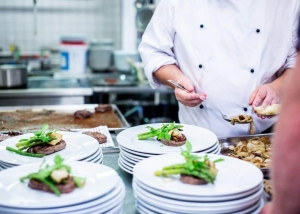
Poor Storage and Labeling Practices
One of the most common ways of contaminating food and various produce in a restaurant is storing it incorrectly. Every food item in the restaurant needs to be stored in the correct way according to the type of product. This means storing the raw foods separate from the partially cooked food and the fresh produce such as fruits and veggies. It also means labelling every item precisely and accurately to make sure anything past its use by date is discarded immediately and does not end up being used during the cooking process.
Labels must include the time the food was prepared, what it is, and when it should be thrown out. Many restaurant workers neglect following the proper procedure for labelling and storing which increases the risk of contaminated and spoiled food ending up on someone’s plate.
Prevent your staff and food handlers from making obvious mistakes when preparing and handling food in the restaurant by providing proper food and safety training through Canadian Food Safety Group. As the preferred independent certification company in Canada, we offer several food safety and quality training programs that can be customized according to our client’s needs.
Find out more about our comprehensive services for businesses in the food industry today!

